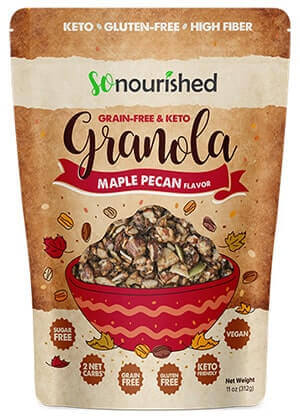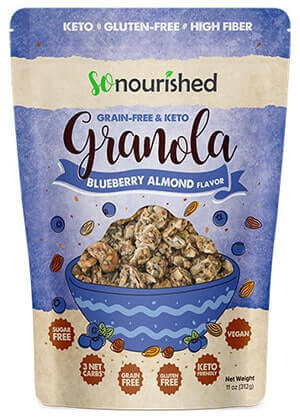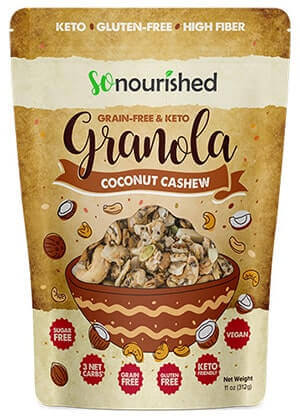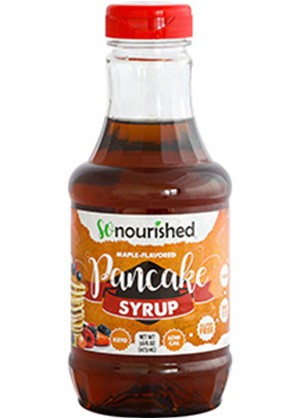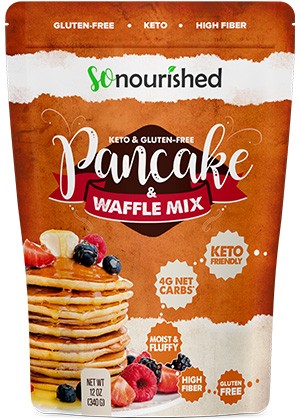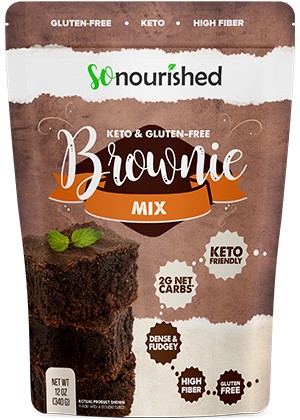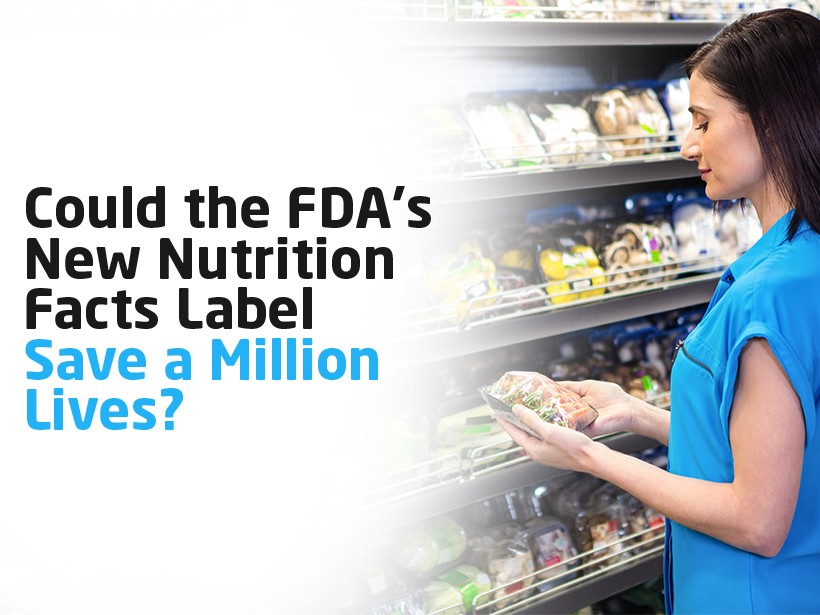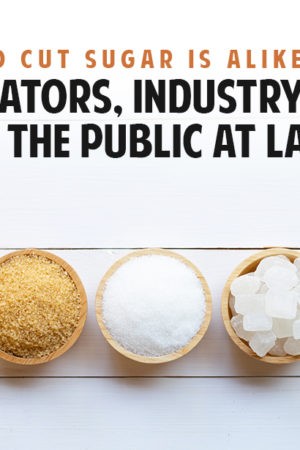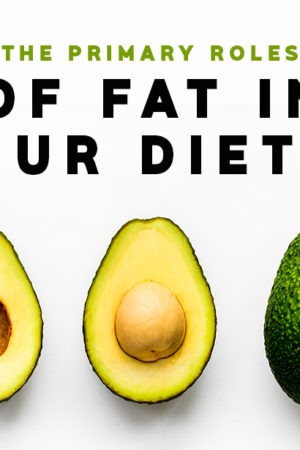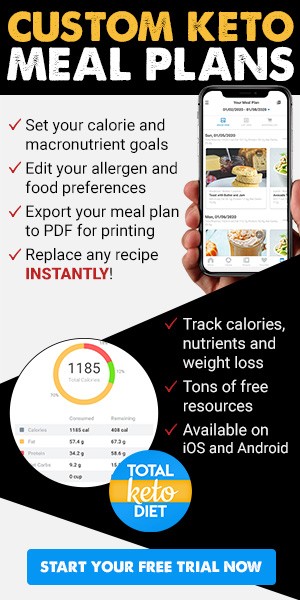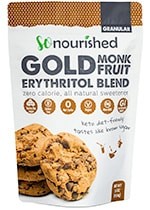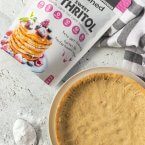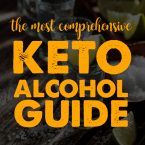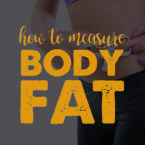When it comes to national nutrition guidelines and information, small changes can have enormous consequences for public health. Food and beverage producers are well-aware of this and have fought hard (in many cases successfully) to set their own rules when it comes to the information and regulation surrounding their products. Companies like Kellogg have gone so far as to preempt government warnings about sugar content with phony “traffic light” health-rating systems of their own design.
In 2015, however, the industry was dealt a simple but significant blow. The Food and Drug Administration (FDA) changed its Nutrition Facts Label, for the first time identifying added sugars and their recommended daily amounts. According to a new study, the revisions (which have been delayed until 2021)1 could be a massive step forward in the fight against sugar-related diseases.
An added-sugar label worth billions
Researchers at the American Heart Association recently published an exciting study in the journal Circulation, in anticipation of the full implementation of the label changes. The study measured both the impact of the new label alone and the impact of possible reformulations by the food and drink industry in response to increased awareness of added sugar.2
In an astounding analysis, the authors estimated that the label alone would prevent over 350,000 cases of cardiovascular disease and nearly 600,000 cases of diabetes over the next two decades. Once the team had accounted for the ripple effect in the industry (that is, the expected decrease in the average amount of added sugar in its products), each of those numbers doubled. In terms of savings, they estimated that the reduction in healthcare and “societal” costs would break 100 billion dollars.
A powerful step forward, a long time coming
It’s great news that so small a change could possibly have such a momentous impact, but it’s also evidence of how dire and unsustainable the sugar-fueled crisis has become in the United States. While approximately half of all Americans say they are actively trying to cut down on sugar, it’s going to be a long withdrawal from our sugar addiction. Even those companies which, recognizing the changing times, have made public fusses about cutting back on sugar are hardly doing so at the necessary rate. Take Nestle, for example, which pledged to cut the amount of sugar in its products by five percent by 2020.3
What’s more, these efforts are often in bad faith, based as they are on the idea that if industry members make nice-sounding promises, federal regulators will back off. If the AHA’s study is accurate, the new FDA labels will be a powerful victory in the fight against our national sugar addiction.
NUTRITIONAL DISCLAIMER
The content on this website should not be taken as medical advice and you should ALWAYS consult with your doctor before starting any diet or exercise program. We provide nutritional data for our recipes as a courtesy to our readers. We use Total Keto Diet app software to calculate the nutrition and we remove fiber and sugar alcohols, like erythritol, from the total carbohydrate count to get to the net carb count, as they do not affect your blood glucose levels. You should independently calculate nutritional information on your own and not rely on our data. The website or content herein is not intended to cure, prevent, diagnose or treat any disease. This website shall not be liable for adverse reactions or any other outcome resulting from the use of recipes or recommendations on the Website or actions you take as a result. Any action you take is strictly at your own risk.
- California Pushes for Cigarette-Like Warning Labels on Soda - July 1, 2019
- Is a Slowdown in Australia's Sugar Consumption a Sign of More to Come? - June 24, 2019
- Groundbreaking Study Says the Sugar Rush Doesn't Exist - June 12, 2019


